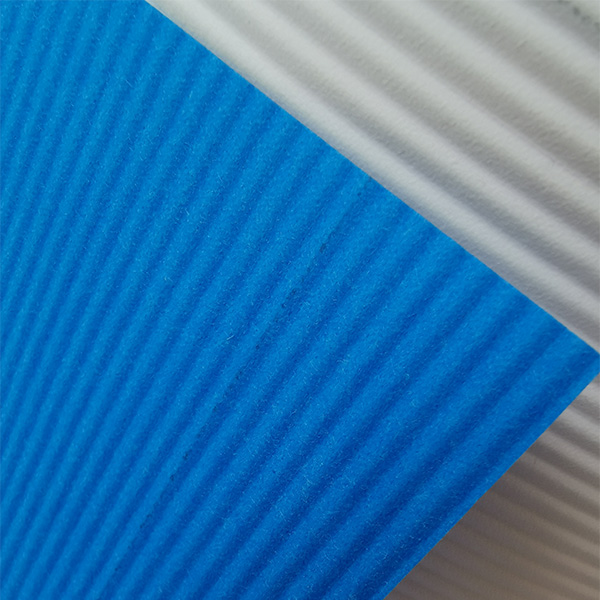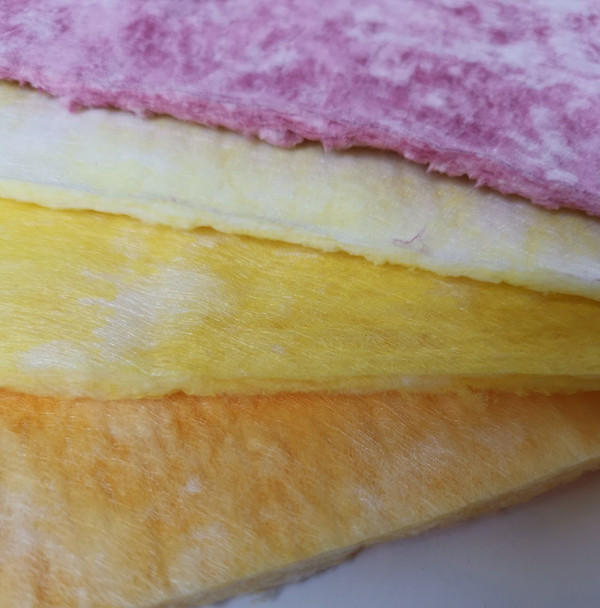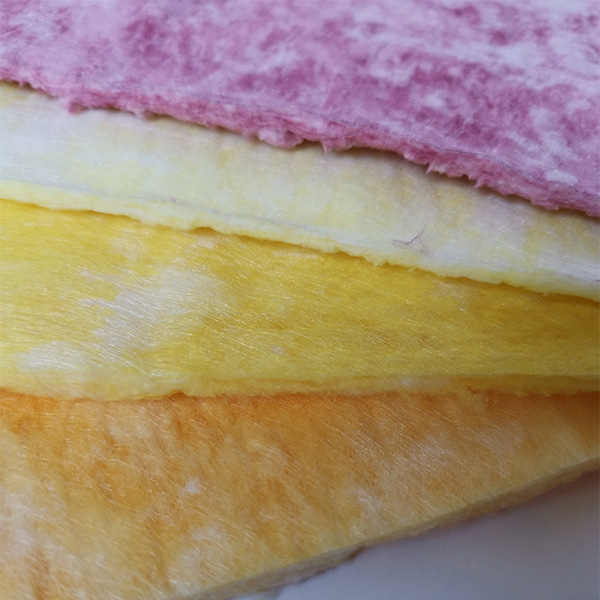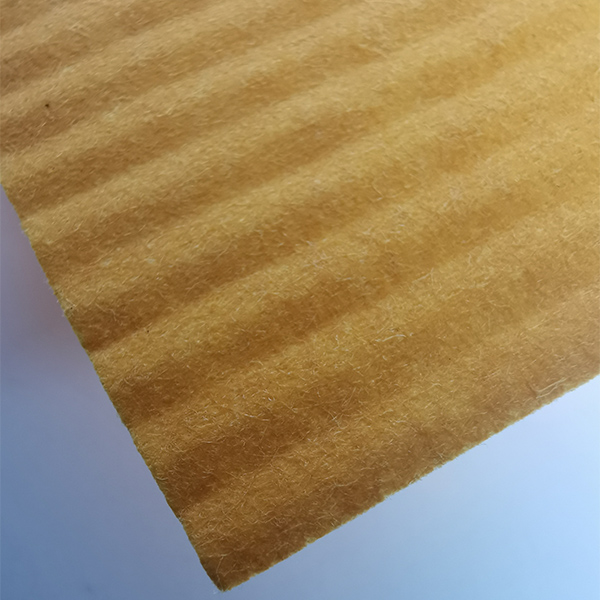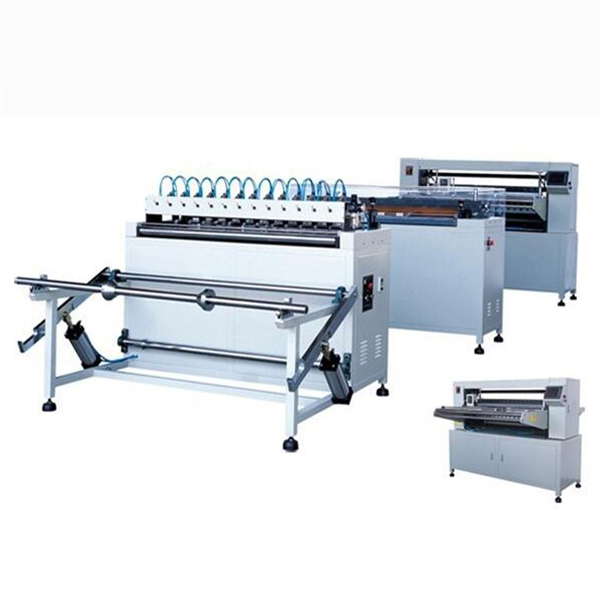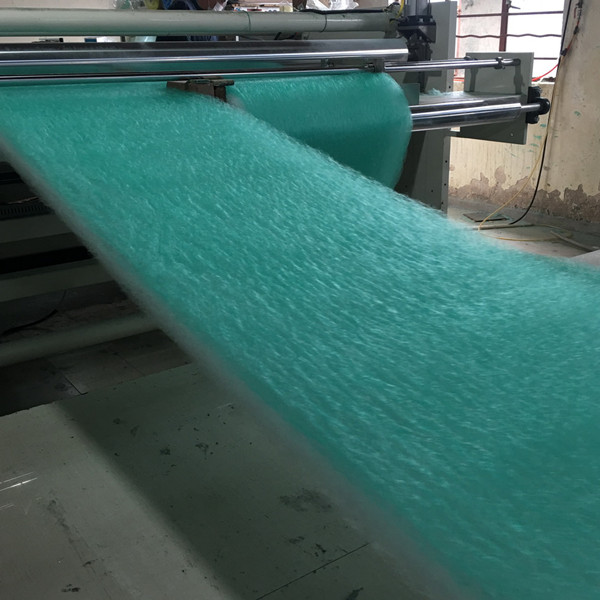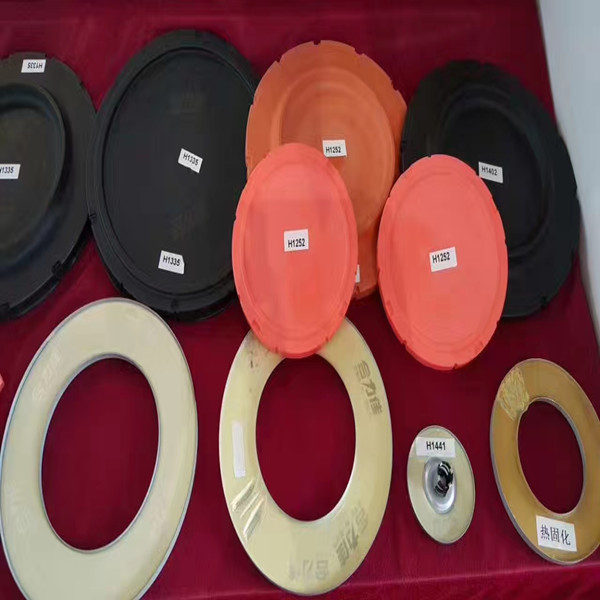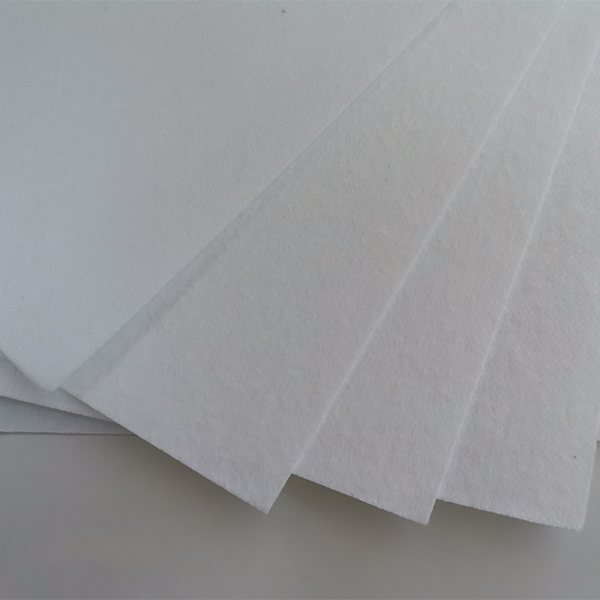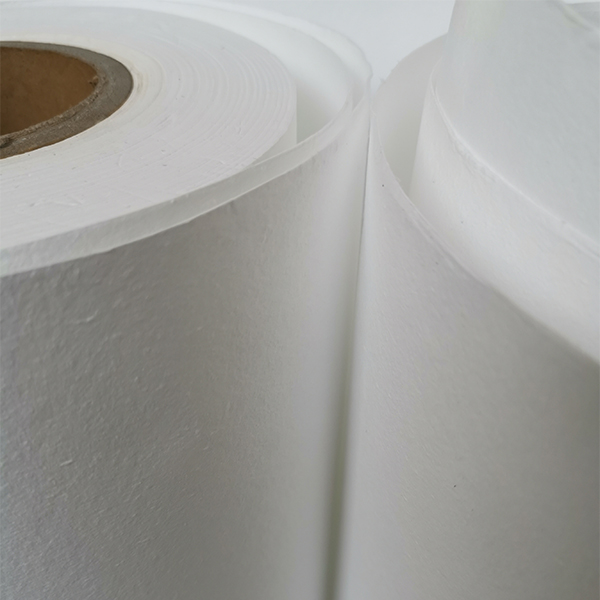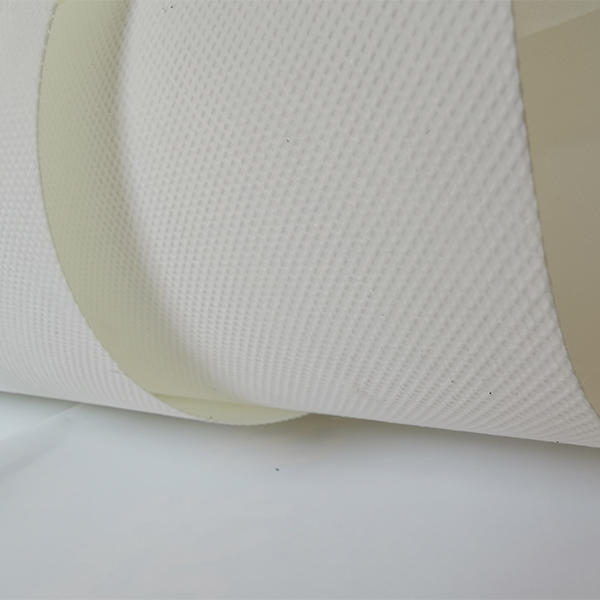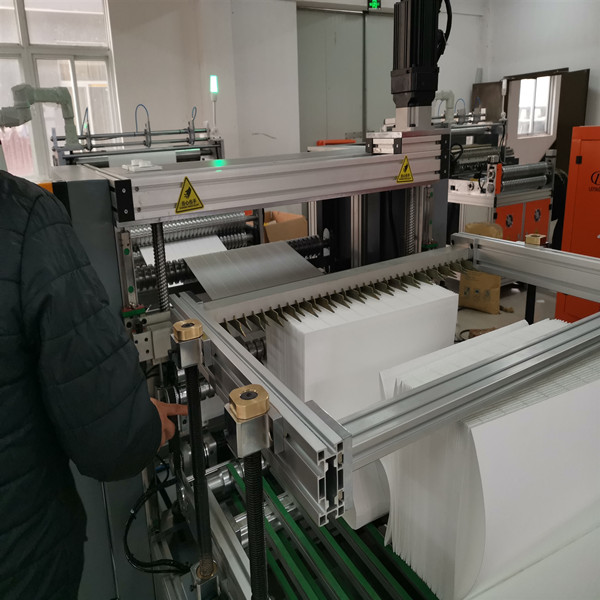Understanding Sintered Wire Mesh Filters: Why They Matter Worldwide
At first glance, a sintered wire mesh filter might seem like just another technical gadget tucked away in industrial settings. But its impact spans continents and industries—from purifying drinking water in remote villages to keeping high-tech machines running smoothly. In an age demanding cleaner processes and sustainable solutions, understanding sintered wire mesh filters is more important than ever.
These filters combine intricate manufacturing and versatile materials to address challenges like water contamination, chemical filtration, and part separation. Globally, industries and humanitarian efforts rely on them to meet strict standards, reduce waste, and safeguard health. It feels like an unsung hero of modern filtration technology.
Sintered Wire Mesh Filters in the Global Context: The Bigger Picture
According to the United Nations, about 2 billion people worldwide still lack safe drinking water — a staggering figure. While that’s a social crisis, industries also grapple with filtering challenges on a massive scale. The World Bank highlights that industries account for roughly 20% of global water withdrawals, making efficient filtration critical for environmental sustainability.
Here’s where sintered wire mesh filters enter as a robust solution. These filters address problems related to harsh operating environments, high temperature or pressure filtration, and particle separation accuracy. As manufacturing standards evolve under ISO certifications (ISO) for quality and safety, sintered wire mesh technology aligns well.
Think about chemical plants in Asia, Europe refining fuel streams, or disaster relief units filtering well water. The filter’s versatility and reliability make it globally relevant — a small piece that fits neatly into solving big problems.
What Exactly Is a Sintered Wire Mesh Filter?
Simply put, a sintered wire mesh filter is a filtering element created by joining multiple layers of woven metal wires fused together through a process called sintering. This isn’t your usual welding. Sintering involves heating the wires to a temperature below melting point, binding them into a porous but sturdy mesh. The result? A filter that’s durable, resistant to corrosion, and highly precise in screening particles.
The magic is in that porous structure: it lets fluids or gases flow through while trapping unwanted solids. This makes it invaluable for industries like petrochemical, food and beverage, pharmaceuticals, and even humanitarian water purification. When seen this way, it’s clear this filter is kind of the backbone for a multitude of modern filtration tasks.
Core Components: What Makes a Sintered Wire Mesh Filter Work So Well?
1. Durability
Metal wires like stainless steel or nickel alloy form the mesh. Their corrosion resistance and mechanical strength make these filters perfect for harsh chemical environments or extreme temperatures. They last longer than fabric or polymer alternatives and maintain integrity under pressure — I’ve heard maintenance engineers swear by them in high-stress settings.
2. Precision Filtration
The pore size in sintered filters can be finely controlled. Depending on layering and wire gauges, they screen anything from large sediment particles down to microscopic contaminants, enabling multi-stage filtration in one element.
3. Scalability & Customization
Manufacturers can tailor thickness, mesh layers, and filtering grades to fit varied applications—from tiny fuel injectors to large water treatment plants. In principle, if you need a filter for something very specific, a sintered wire mesh can usually be customized to fit.
4. Temperature & Pressure Resistance
Because of their metal composition, these filters tolerate a broad range of temperatures, often up to 800°C (1472°F) or more, and withstand high pressure without losing shape or function.
5. Easy Cleaning & Reusability
Unlike disposable cartridges, sintered wire mesh filters can often be backflushed or chemically cleaned, extending their service life and reducing waste.
Global Applications & Real-World Use Cases
Industries worldwide harness sintered wire mesh filters. A few examples illustrate their broad utility:
- Water Treatment Plants: In Southeast Asia and Sub-Saharan Africa, these filters support clean drinking water projects by filtering out sediment and pathogens with high efficiency.
- Petrochemical Refining: Refiners in the Middle East rely on these filters to separate particulates from fuels and lubricants high in temperature and pressure.
- Pharmaceutical Manufacturing: Europe’s drug formulators use sintered mesh filters to ensure contaminant-free processes, vital when products are sensitive to impurities.
- Post-Disaster Relief: NGOs deploy portable filtration devices containing sintered elements in areas recovering from floods or earthquakes, providing safe water instantly.
- Automotive and Aerospace: Critical fuel and hydraulic line filtration use sintered wire mesh to prevent micro-debris from damaging expensive machinery.
In essence, wherever contamination control meets demanding environments, these filters step up. It feels like a backbone for vital, behind-the-scenes work on multiple continents.
Product Specification Table
| Specification | Typical Range | Comment |
|---|---|---|
| Material | Stainless Steel 304, 316; Nickel Alloys | Chosen per environment & chemical compatibility |
| Pore Size | 1 µm to 500 µm | Multi-layer design enables customized filtration grade |
| Operating Temperature | -100°C to +800°C | Suitable for most industrial processes |
| Operating Pressure | Up to 25 bar (360 psi) | Correlates with mesh thickness and support structure |
| Dimensions | Customizable: from few millimeters to meters | Tailored for diverse industrial machinery |
| Cleaning Method | Backflushing, Ultrasonic, Chemical | Enables long operational life & sustainability |
Vendor Comparison: Leading Sintered Wire Mesh Filter Suppliers
| Vendor | Material Options | Customization Level | Typical Lead Time | Approximate Pricing |
|---|---|---|---|---|
| Anyafiltr Media | SS 304, SS 316, Ni Alloys | High (Tailored pore size & geometry) | 3-5 weeks | Mid to High |
| MeshPro Filters | SS 316, Aluminum, Titanium | Medium (Standard mesh sizes) | 2-4 weeks | Low to Mid |
| Inox Filters Ltd. | SS 304, SS 316, Duplex Steel | High (Custom dimensions and grades) | 4-6 weeks | High |
| GlobalFilter Corp. | SS 304, Bronze | Low (Predefined sizes) | 1-3 weeks | Budget-Friendly |
Advantages and Long-Term Value of Sintered Wire Mesh Filters
Thinking logically, the upfront cost of sintered wire mesh filters might be higher than disposable filters. But many engineers I chatted with emphasize the long-term cost savings when accounting for durability, reduced downtime, reuse, and minimized waste. That's also sustainability in practice.
On a social level, in humanitarian contexts, the impact means safer drinking water, protecting vulnerable health, and delivering dignity to communities. Imagine the quiet relief when a portable filtration unit works flawlessly in a disaster-hit zone. It’s more than just engineering—it feels like an innovation with real heart.
Operationally, these filters bring trusted reliability. They reduce risks of machinery failure, lower contamination possibilities, and contribute to compliance with international environmental and quality standards.
Future Trends: Where Is the Sintered Wire Mesh Filter Heading?
The materials science behind sintered wire mesh continues to evolve. Expect to see more use of superalloys and hybrid sintered materials that combine metals with ceramic particles for enhanced performance. Additive manufacturing (3D metal printing) might soon enable even more complex filter geometries that improve efficiency without wall-thickness tradeoffs.
Industry 4.0 isn’t ignoring filtration either—digital monitoring sensors incorporated into housings can track filter lifespan, clogging, and backflush status almost in real-time. That's neat if you think about predictive maintenance reducing downtime all on its own.
On the green side, these filters help companies achieve their circular economy goals by lasting longer and supporting cleaning cycles instead of single-use items.
Common Challenges and How Experts Are Addressing Them
Despite the strengths, sintered wire mesh filters face challenges:
- Clogging: Fine pores mean potential blockages. Experts suggest using pre-filtration steps or implementing optimal backflushing techniques.
- Cost: Some hesitate due to upfront pricing—bulk ordering and longer lifecycle planning ease this concern.
- Customization lead times: Tailored filters aren’t instant. Vendors are streamlining production workflows with automation to shorten waits.
In real terms, these challenges aren’t dealbreakers but invoke smarter design and process approaches.
FAQ: Frequently Asked Questions About Sintered Wire Mesh Filters
Q1: How do sintered wire mesh filters differ from traditional mesh filters?
A: Traditional mesh filters often use woven wire cloth without bonding layers, making them fragile and less precise. Sintered wire mesh filters are fused at the wire intersections, creating a rigid, durable structure with controlled pore sizes, ideal for high-pressure or abrasive environments.
Q2: Can these filters be cleaned and reused?
A: Yes, one major advantage is reusability. Backflushing, ultrasonic cleaning, and chemical washing can restore filter performance multiple times, reducing replacement frequency and environmental waste.
Q3: Are sintered wire mesh filters effective for water purification in remote locations?
A: Absolutely. Their robustness allows use in portable filtration units that withstand rough field use, providing reliable particle and microbial filtration critical in disaster or off-grid settings.
Q4: What determines the price of a sintered wire mesh filter?
A: Prices depend mainly on material choice, pore size precision, customization degree, and manufacturing volume. Stainless steel filters with tighter tolerances naturally cost more but deliver greater performance and longevity.
Q5: How long does it take to manufacture a custom sintered wire mesh filter?
A: Lead times vary between 3 to 6 weeks, depending on complexity and vendor, but technological advances are steadily reducing this timeframe.
Wrapping Up & Next Steps
In a nutshell, the sintered wire mesh filter quietly powers many critical filtration applications worldwide. It pairs technical sophistication with practical durability, driving sustainability, industry efficiency, and humanitarian relief.
If you're looking to explore or source high-quality sintered wire mesh filters, take a closer look at offerings from trusted vendors like sintered wire mesh filter specialists that combine customization with expertise.
Visit our website — https://www.anyafiltermedia.com — for product information, expert consultations, and to browse a full catalog tailored to your filtration needs.
1. United Nations, Water Supply and Sanitation, https://www.un.org/waterforlifedecade/water_supply.shtml
2. International Organization for Standardization (ISO), https://www.iso.org
3. World Bank Group Data, Water Use, https://databank.worldbank.org/reports.aspx?source=environmental-health
Post time: Nov-24-2025


